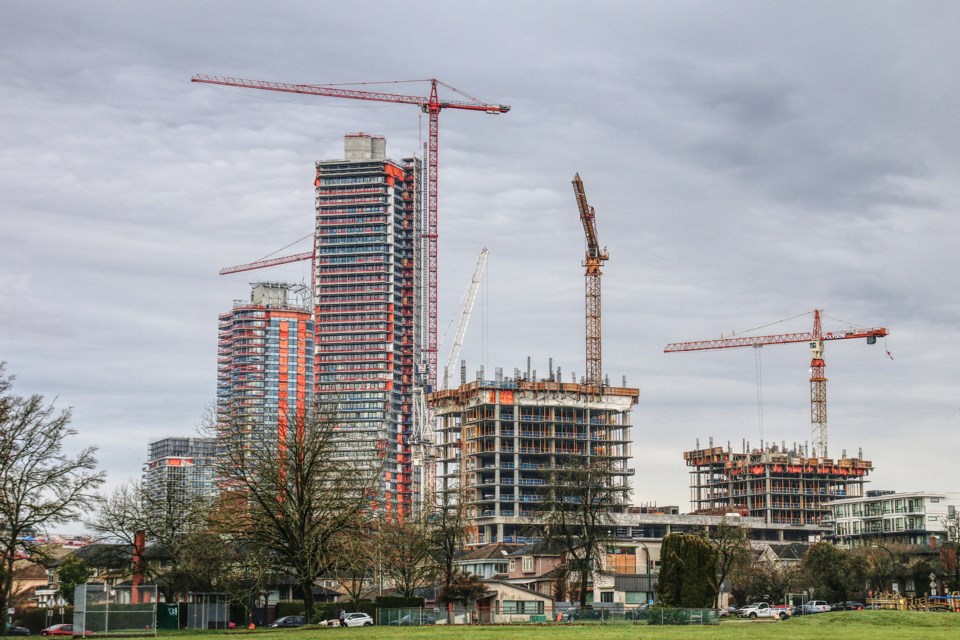Demand for retail space remains strong in Metro Vancouver, but the pipeline of new inventory could be squeezed by slower residential construction, says a new report.
Anchor tenants, apparel and quick-service restaurants are driving demand for retail space throughout the region, said a Thursday report by commercial real estate firm CBRE Ltd.
Net asking rental rates are expected to remain flat over the next six months in all formats and key urban areas, said the Aug. 21 report.
But there are clouds on the horizon.
“Lagging population growth coupled with a slower economy is directly impacting the mixed-use development pipeline, from which the retail market is reliant upon for new inventory,” the report said about Metro Vancouver.
New retail space needs to accompany growing density in the region, said Adrian Beruschi, a Vancouver-based senior vice-president with CBRE.
“We’re seeing four-storey, six-storey, 12-storey mixed-use projects, and with that type of density, you need retail to service those residents,” he said.
“It’s been very synergistic for the last five years. I’m interested to see what the next five years holds though, because I just see a lot of projects slowing down or flatlining or not be getting built at all.”
The risk to retail may be compounded by tighter discretionary spending by some consumers, although shoppers are still out and about, Beruschi said.
“Maybe everyone’s not carrying three bags of shopping and clothing, and maybe they are just walking around with one, or just window shopping … and buying online,” he said.
Tailwinds for retail assets in the region include low vacancy. Vancouver's retail vacancy rate for shopping centres in the second quarter was 2.4 per cent, compared to 4.2 per cent nationally, Beruschi said.
Other tailwinds include suburban strength, food and beverage, grocery, athleisure apparel and new market entrants, he said.
Some budding brands and international retailers are waiting to pounce on coveted locations, he noted.
“We’re not seeing as many new brands emerge, because they are kind of on the sidelines, waiting to find the right space, which isn’t presenting itself because the other users are doing quite well,” Beruschi said.
The closure of Hudson’s Bay Co. stores will open up one million square feet throughout the region, presenting new opportunities for retailers, said the CBRE report.
It’s difficult to develop new retail in Metro Vancouver due to high land costs, protecting existing assets from competition and making them more valuable, said Adam Jacobs, the head of research at real estate firm Colliers Canada.
“People aren’t going to build a brand new retail plaza a mile down the road from you and then you lose all your tenants because that’s newer and shinier,” he said.
Retail can be a “defensive” strategy for investors to reduce their exposure to tariffs, said Jacobs. It doesn’t necessarily have a huge upside, but it offers redevelopment potential and safety, he said.
“You buy a suburban plaza, it has a grocery store and a pharmacy and a Starbucks and some kind of safe tenants that aren’t going anywhere,” he said.
“With all the chaos in office and industrial, that looks pretty attractive right now.”



